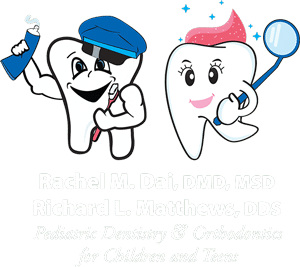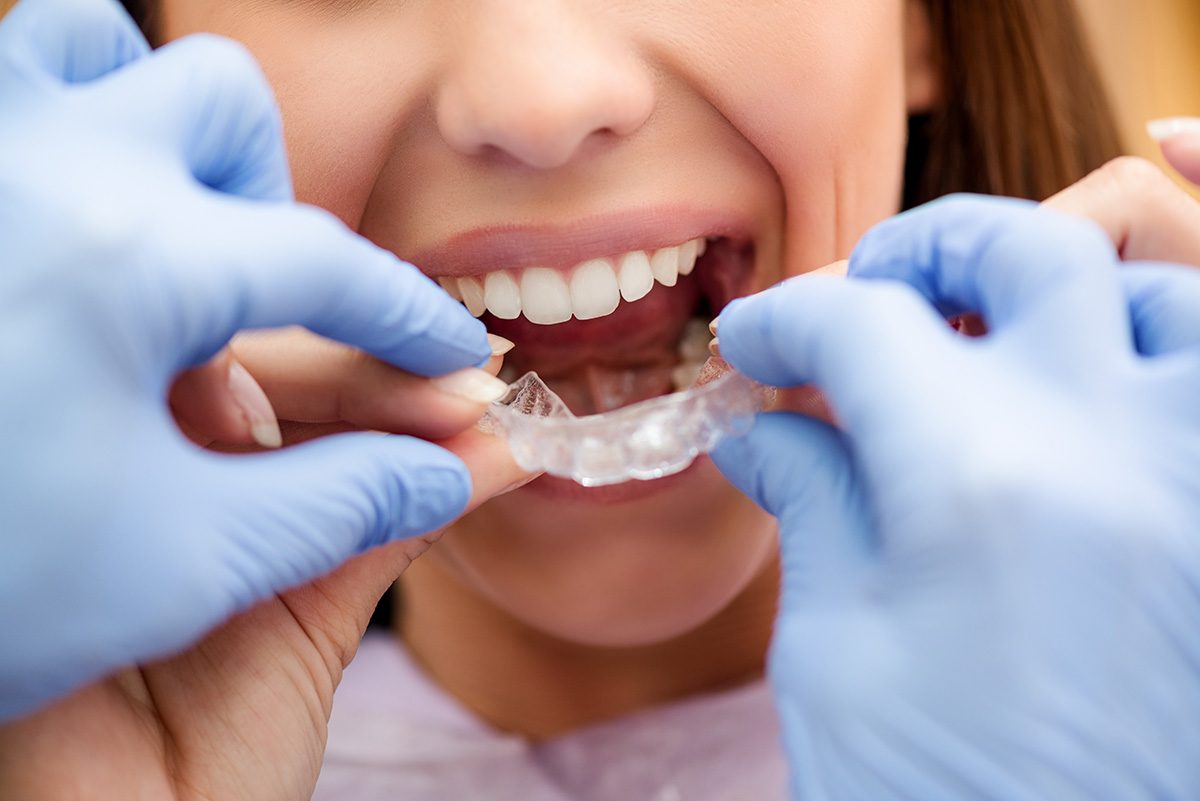See This Report about Legacy Orthodontics
See This Report about Legacy Orthodontics
Blog Article
8 Easy Facts About Legacy Orthodontics Shown
Table of ContentsSome Ideas on Legacy Orthodontics You Need To KnowThe 3-Minute Rule for Legacy OrthodonticsHow Legacy Orthodontics can Save You Time, Stress, and Money.The Ultimate Guide To Legacy Orthodontics4 Simple Techniques For Legacy Orthodontics
In addition, we offer adjustable therapy routines, flexible settlement options and an enjoyable, delightful experience.An orthodontist is a dental expert trained to identify, protect against, and treat teeth and jaw abnormalities. Orthodontists work with people of all ages, from youngsters to grownups.
Malocclusion, or misaligned teeth, can cause oral problems, consisting of tooth degeneration, periodontal condition, and difficult or unpleasant eating. Not everyone is born with straight teeth. If you have a bad bite or big rooms between your teeth, you might wish to seek advice from a dentist specializing in orthodontic treatment.
The Single Strategy To Use For Legacy Orthodontics
( Picture Credit History: DigitalVision/Getty Images) Orthodontists utilize fixed and removable oral gadgets, like braces, retainers, and bands, to change the placement of teeth in your mouth. Orthodontic therapy is for oral abnormalities, consisting of: Crooked teethBite issues, like an overbite or an underbiteCrowded teeth or teeth that are too much apartJaw misalignmentThe goal of orthodontic treatment is to improve your bite.
A healthy bite ensures you can eat, chew, and talk correctly. While you could think about orthodontists as mainly for youngsters or teenagers who require braces, they can remedy oral problems at any kind of age. Orthodontists participate in college, dental institution, and orthodontic institution. After college graduation, they spend 2 or 3 years in an orthodontic residency program.
All orthodontists are dental practitioners, however not all dentists are orthodontists. Orthodontic residency programs provide extensive, focused direction for oral specialists. They concentrate on 2 areas: How to effectively and safely relocate teeth How to correctly direct advancement in the teeth, jaw, and faceOnce an orthodontist has finished training, they have the alternative to become board certified.
Rumored Buzz on Legacy Orthodontics
Misalignment, or malocclusion, is one of the most typical reason people see an orthodontist. It is hereditary and is the result of dimension distinctions in between the top and lower jaw or in between the jaw and teeth. Malocclusion leads to tooth overcrowding, a twisted jaw, or irregular bite patterns. Malocclusion is usually treated with: Your orthodontist attaches metal, ceramic, or plastic square bonds to your teeth.
Some individuals require a headgear to help relocate teeth right into line with stress from outside the mouth. A retainer is a customized tool that maintains your teeth in location.
They can produce extra room in the mouth without having to draw teeth. Orthodontists make use of wires, medical screws, or plates to support your jaw bone.
You may need to see an orthodontist if you have: Crowding or otherwise adequate space for all of your teethOverbite, when your top teeth come your base teethUnderbite, when your base teeth are as well far forwardSpacing or issues with gapsCrossbite, which is when your upper teeth fit behind your bottom teeth when your mouth is closedOpen bite or a vertical void between your front base and upper teethMisplaced midline, when the center of your base and top teeth don't align Remedying an oral malocclusion can: Make biting, chewing, and talking easierImprove the symmetry of our face and your general Find Out More appearanceEase discomfort from temporomandibular joint conditionsDifferent your teeth and make them simpler to cleanse, assisting protect against dental cavity or dental caries It's commonly a dental practitioner that initially notices misaligned teeth throughout a routine test.
The Basic Principles Of Legacy Orthodontics

During your first orthodontic assessment, you'll likely have: A dental examPhotos taken of your face and smileDental X-raysPanoramic (360 level) X-rays of your face and headImpressions to develop molds of your teethThese tests will assist your orthodontist recognize how to wage your therapy. orthodontics. An orthodontist is a dental practitioner who's had training to treat your teeth and jaw
Orthodontists may do surgical procedure, exams,X-rays,and even more to help you obtain a much more comfortable, much healthier smile. An orthodontist is concentrated on your bite, so something like a broken tooth would be managed by a dental expert. Orthodontists are dentists however not all dental practitioners are orthodontists. Orthodontists are focused on your bite, or the means your teeth meshed, and the straightness of your teeth.
Ever before questioned exactly how celebrities constantly seem to have flawlessly lined up teeth? Orthodontists are dental experts that concentrate on correcting abnormalities in the teeth and jaws.
3 Simple Techniques For Legacy Orthodontics

While braces are the most generally recognized orthodontic therapy, orthodontists have a diverse toolkit at their disposal. The specific technique chosen depends on the seriousness of the situation, the individual's age, and specific choices. These tried-and-true dental braces make use of a system of brackets adhered to the teeth and linked by cables.
These removable trays are tailor-made to progressively shift the teeth's position. In cases of slim jaws, palatal expanders can be utilized to create room for proper tooth positioning.
Report this page